
If you are looking for an eye-catching perennial with summer flowers that will stand out from the crowd, lupine (Lupinus polyphyllus) is a favorite. The large, lush spires of brightly colored flowers resemble floral traffic cones, forcing you to slow down and be careful.
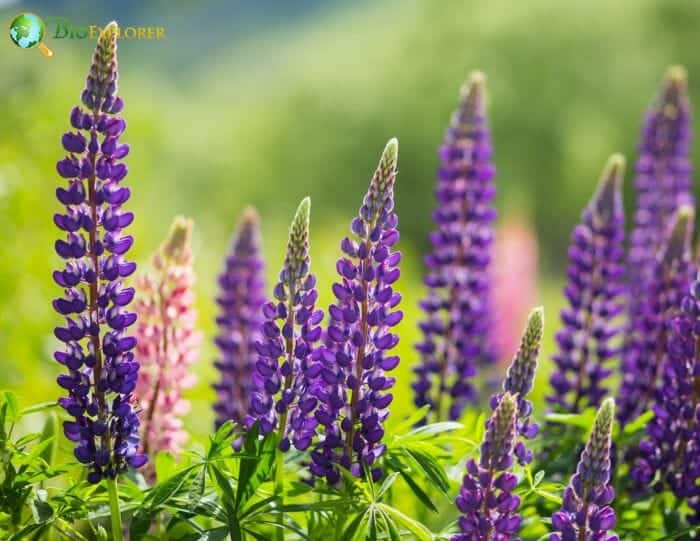
Besides its irresistible beauty, lupine is also prized for its ability to thrive in harsh environments, including high altitudes and nutrient-poor sandy soils.
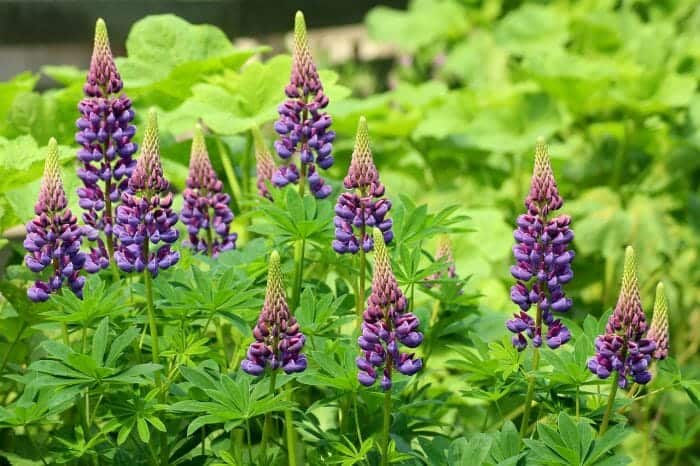
Lupine, also known as lupin or bluebonnet, is a genus of flowering plants in the Fabaceae (legume) family. The genus consists of more than 199 species[1], all native to South and North America.
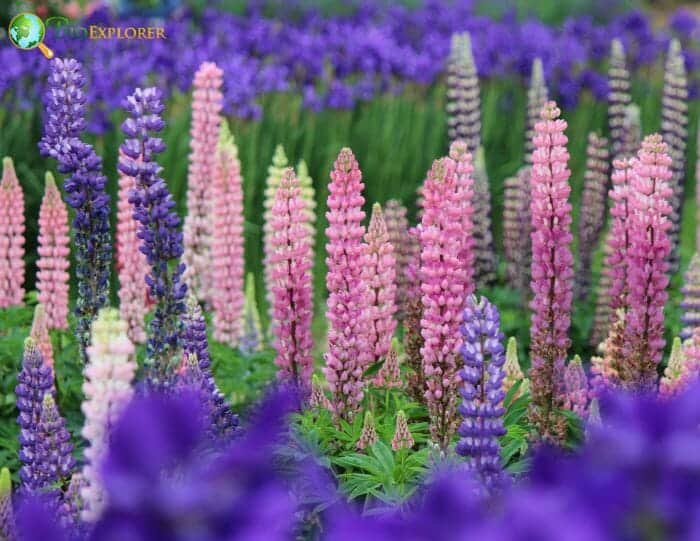
Lupines are mostly herbaceous perennials with a height of 0.3 to 1.5 m, but some are annual and other shrubs up to 3 m in height. Lupines have pale green to gray-green leaves covered with silvery, often thick hairs.
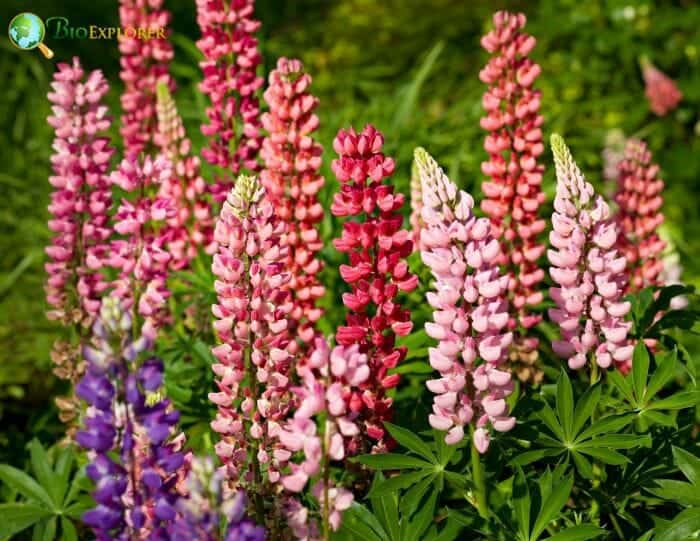
The leaf blades are typically divided into 5 to 28 leaflets in the shape of a hand or, in some species, reduced to a single leaflet. The lupine flowers are similar to peas but are compressed in conical spires webbed high and upright on the foliage.
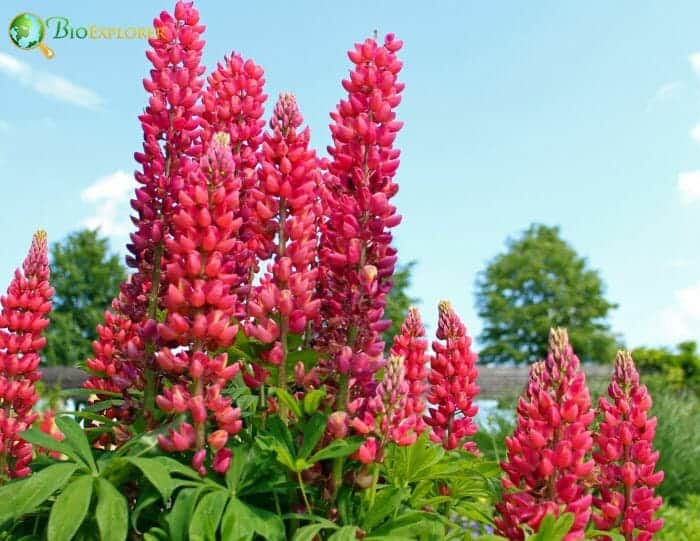
The flowers open from the bottom up and sometimes feature over one color on the same plant, in shades ranging from soft pastels to violet blues and deep reds.

























